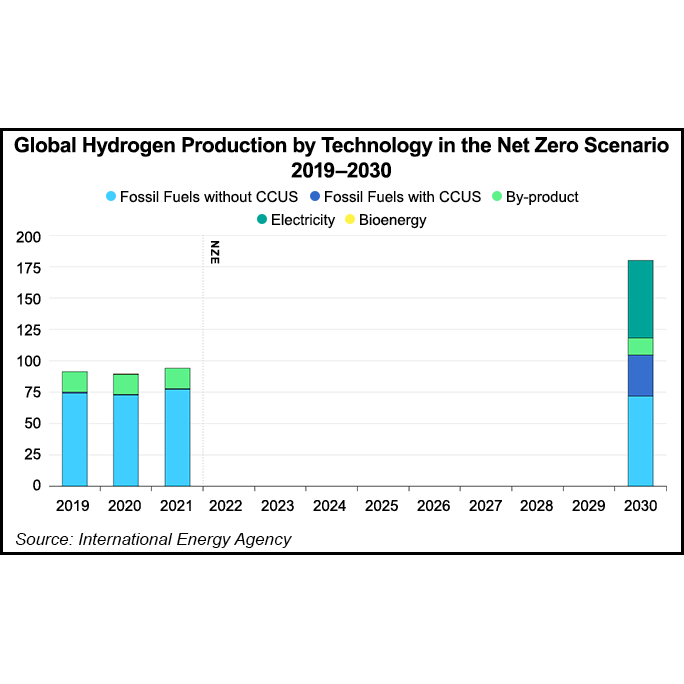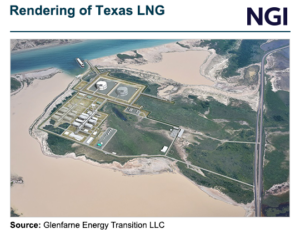Energy Transition | Infrastructure | NGI All News Access | NGI The Weekly Gas Market Report | Regulatory
Natural Gas, Oil Industry Urging Equal Incentives for Blue, Green Hydrogen
© 2024 Natural Gas Intelligence. All rights reserved.
ISSN © 1532-1231 | ISSN © 2577-9877 | ISSN © 1532-1266 |



